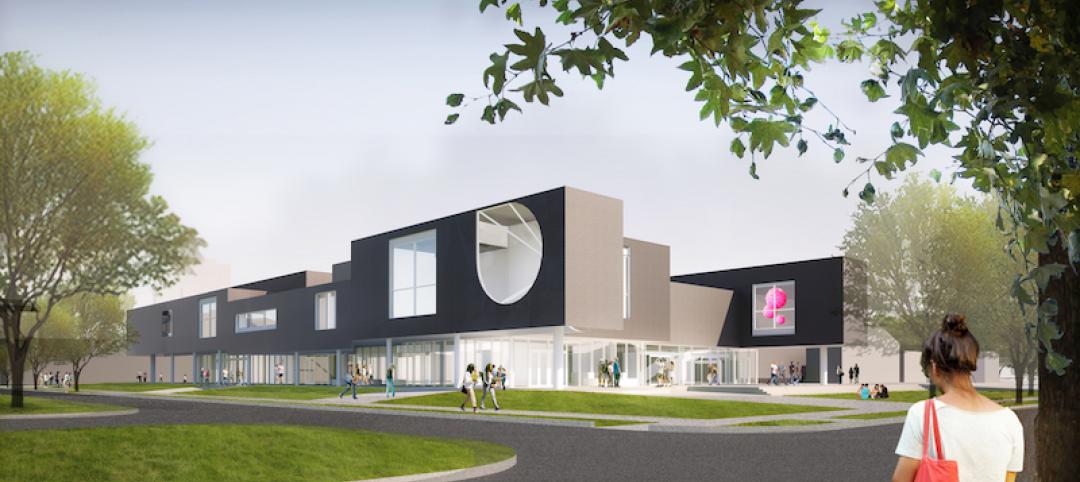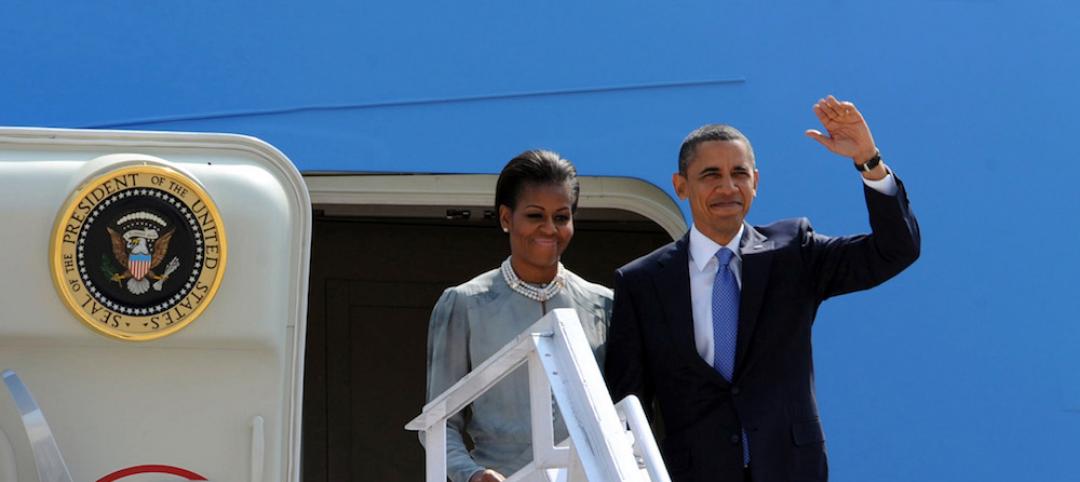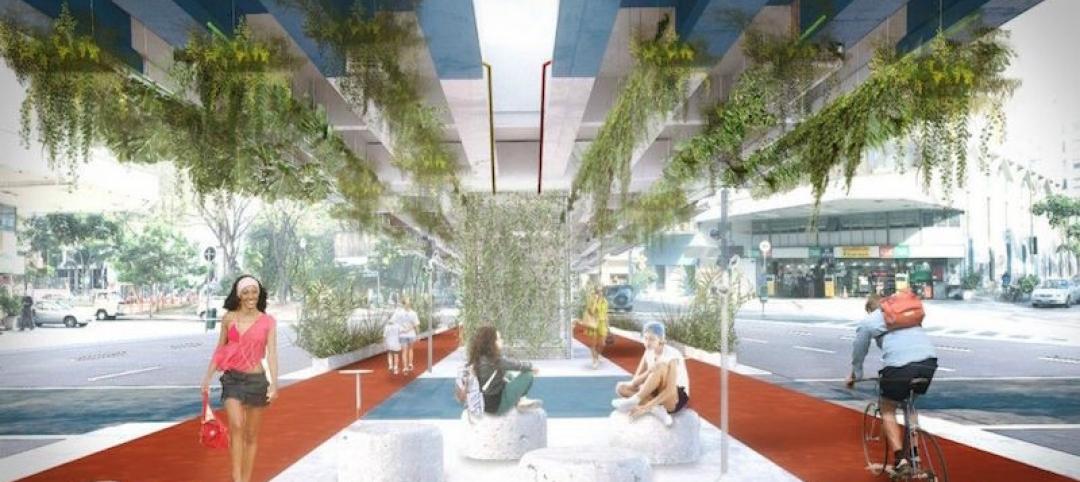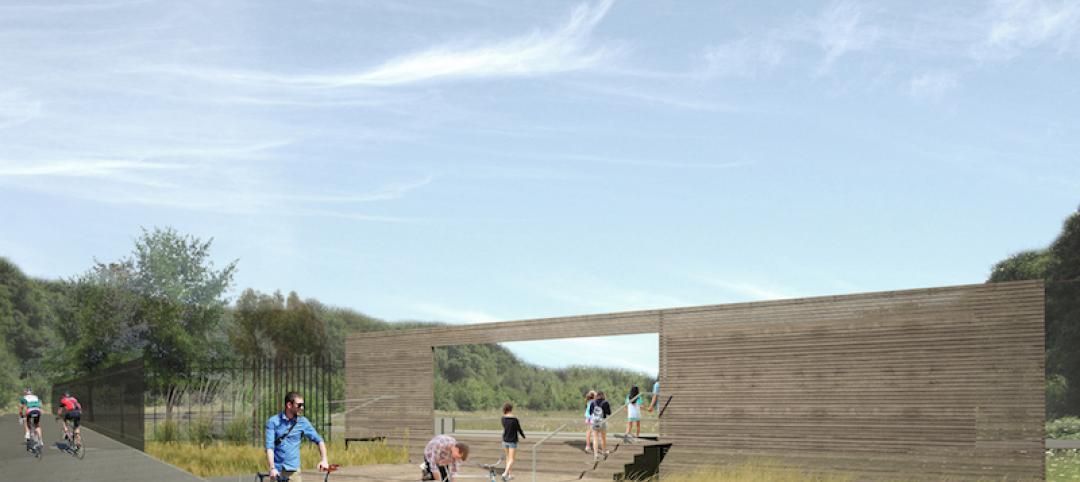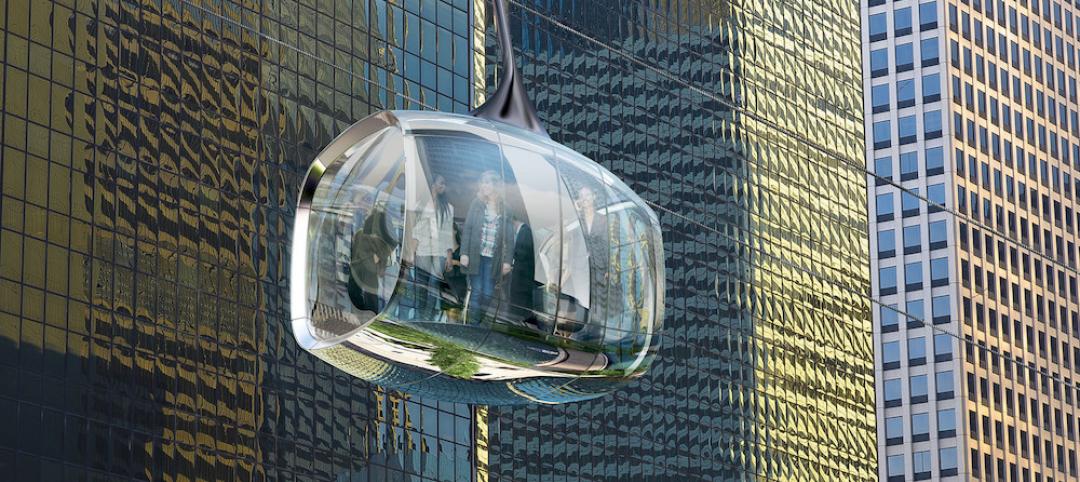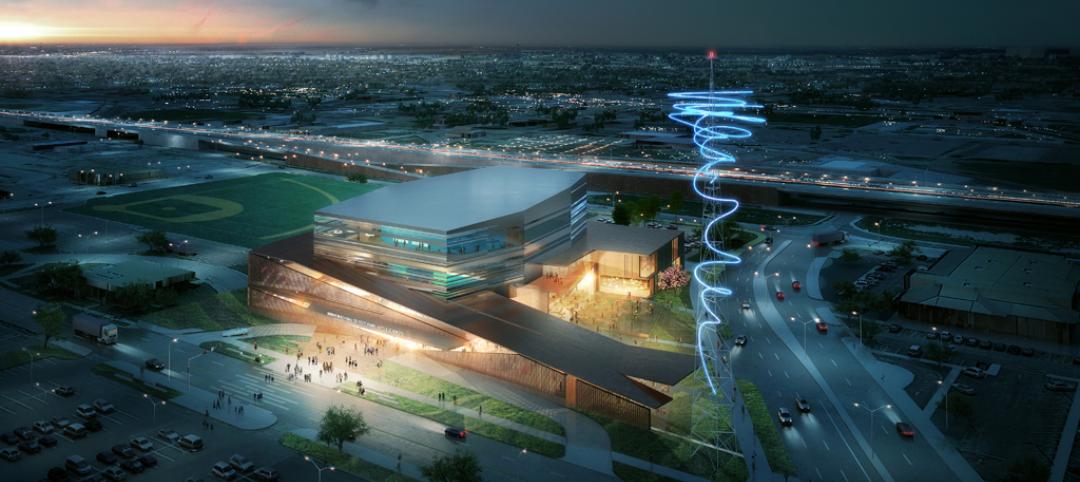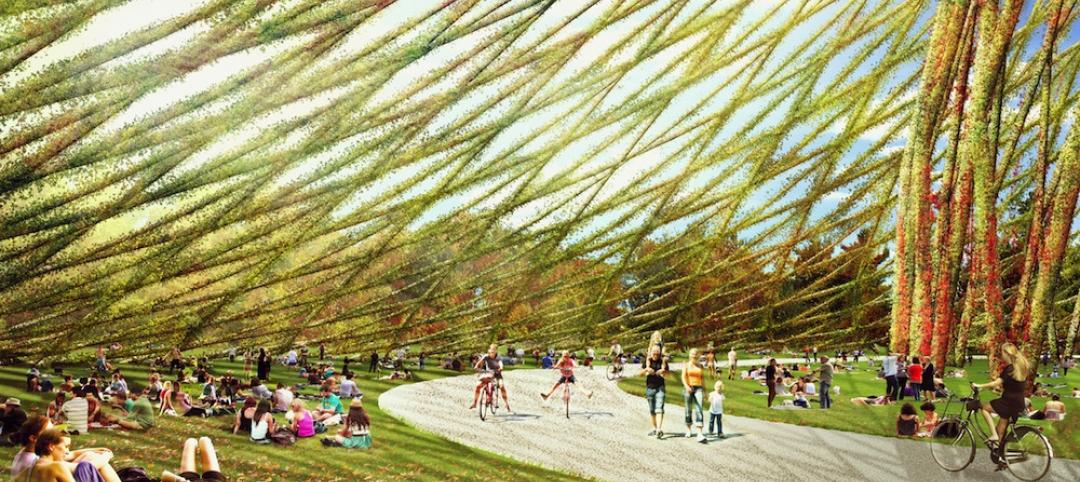 |
|
The newly renovated Fox Oakland Theater is the centerpiece of a plan to revitalize the Uptown district and bring people back to downtoan Oakland. The theater had been boarded up since 1966. |
The story of the Fox Oakland Theater is like that of so many movie palaces of the early 20th century. Built in 1928 based on a Middle Eastern-influenced design by architect Charles Peter Weeks and engineer William Peyton Day, the 3,400-seat cinema flourished until the mid-1960s, when the trend toward smaller multiplex theaters took its toll on the Fox Oakland.
The theater closed in 1966 and dodged demolition several times before making the National Register of Historic Places in 1979. It would remain vacant and in shambles for nearly two decades.
In 1996, then-Mayor Jerry Brown—at the urging of a citizens group called the Friends of the Fox—designated the Fox Oakland Theater the centerpiece of a plan to revitalize the Uptown district and bring people back to the city's core. The city purchased the building and, following several restoration projects between 1999 and 2001 to repair the roof and marquee, embarked on an all-out effort to modernize and transform the theater into world-class performing arts venue and dance school for the Oakland School for the Arts.
 |
|
The Building Team used a series of braces, shear walls, reinforced slabs, and buttresses to stabilize both the new and existing structures without adversely impacting the visual grandeur of the theater. |
Key to the mayor's plan was a public-private funding approach proposed by local developer Phil Tagami that would help cover the $87 million price tag for the project, which included a complete restoration and seismic retrofit of the theater and construction of twin three-story wings for the dance school.
Tagami established both nonprofit and for-profit entities that could contribute funds to the project and benefit from available tax credits and grants. He also worked with city officials and the project's construction manager, Turner Construction, to involve as many local firms and minority- women-owned business enterprises as possible.
“I like how they involved so much of the local workforce,” said Reconstruction Awards judge Matthew H. Johnson, PE, associate principal with Simpson Gumpertz & Heger, Waltham, Mass. “The team split the sub packages into small pieces so that virtually any local firm could work one of the projects.”
To make this delivery approach feasible, the team had to obtain city council approval for a special contracting approach that permitted engaging multiple entities under a management structure. Such an approach is unusual in city projects, which normally are bid in a public, low-bid process that also involves a claims and dispute component. In all, the project created 394 construction jobs, roughly half of which were performed by local workers.
The project scope encompassed 17 major components, including restoring the theater, stage, fly-loft, and supporting infrastructure; stabilizing the 60-foot-tall dome structure over the entrance; reconfiguring the theater floors, stage, orchestra pit, rigging, proscenium, and theater controls; adding theater power, lighting, sound, and air-conditioning systems; and constructing the twin 20,000-sf additions.
But it was the seismic retrofit efforts led by Oakland-based KPA Group that received the most praise from the Reconstruction Awards judges. They were particularly impressed with the Building Team's ability to stabilize both the new and existing structures without adversely impacting the visual grandeur of the theater. The effort involved devising multiple solutions (see diagram), including:
-
Reducing the seismic demands on the main roof diaphragm by inserting new buttresses on each side of the roof mid-span of the diaphragm. These buttresses were also utilized to stabilize the farthest end of the cantilevered balcony structure, eliminating torsion and reducing the demand on the back of theater wall.
-
Reinforcing the proscenium wall and the back-of-theater wall with shotcrete walls and steel framing. The new walls were placed behind existing heavily ornamented walls and are hidden from view.
-
Stabilizing the dome structure with twin U-shaped walls constructed immediately to the north and south of the entrance structure and doweled into the existing walls. The new walls were then interconnected to each other and to the sides of the entrance structure at several levels, thereby boxing the entire dome and entrance building inside new well-reinforced walls designed for the entire lateral load of the dome and entrance structure under the dome.
-
Stabilizing existing brick walls by connecting the brick to a series of structural tubes epoxy bolted into the back of the walls. New steel channels were added to brick pilasters that, in turn, were integrated as part of the street-level façade of the new school buildings.
-
Incorporating a series of horizontal steel tubes, shear walls, a horizontal steel diaphragm structure, and a reinforced slab on grade to stabilize the wraparound buildings.
“It was a good, clean job,” said SGH's Johnson of. “I think they did the seismic retrofit intelligently.”
Related Stories
University Buildings | Aug 16, 2016
New images of Rice University’s Moody Center for the Arts revealed by Michael Maltzan Architecture
The arts center will foster creativity for making and presenting works across all disciplines
Cultural Facilities | Aug 1, 2016
A retractable canopy at Hudson Yards will transform into a large performing and gallery space
The Shed could become the permanent home for New York’s Fashion Week event.
Cultural Facilities | Jun 30, 2016
Tod Williams Billie Tsien Architects selected to design Obama Presidential Center in Chicago
With experience designing cultural and academic facilities, Williams and Tsien got the nod over other search finalists like Renzo Piano, SHoP, and Adjaye Associates.
Urban Planning | Jun 9, 2016
Triptyque Architecture designs air-cleansing hanging highway garden in São Paulo
The garden would filter as much as 20% of CO2 emissions while also providing a place for cultural events and community activities.
Education Facilities | Jun 1, 2016
Gensler reveals designs for 35-acre AltaSea Campus at the Port of Los Angeles
New and renovated facilities will help researchers, educators, and visitors better understand the ocean.
Cultural Facilities | May 23, 2016
A former burial ground in Brooklyn becomes a public space whose design honors vets
The site is one of six where TKF Foundation is studying the relationship between nature, the built environment, and healing.
Cultural Facilities | May 6, 2016
Pod-shaped cable cars would be a different kind of Chicago SkyLine
Marks Barfield Architects and Davis Brody Bond designed a "gondola" network that will connect the city's Riverfront to its Navy Pier.
Performing Arts Centers | May 4, 2016
Diamond Schmitt unveils designs for Buddy Holly Hall performing arts center
The spacious and versatile complex can hold operas, plays, rock concerts, and conferences.
Cultural Facilities | May 4, 2016
World’s largest cultural center planned for Dubai
The Opera District will have a 2,000-seat theater and three residential complexes.
Cultural Facilities | Apr 28, 2016
Studio Dror designs geodesic dome to pair with the Montreal Biosphère
The aluminum dome, which honors the 50th anniversary of Expo 67, can host events year-round.


